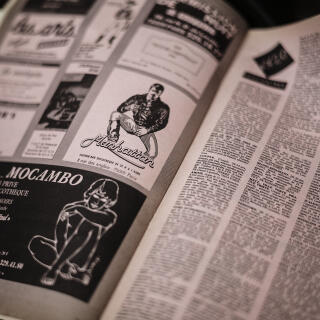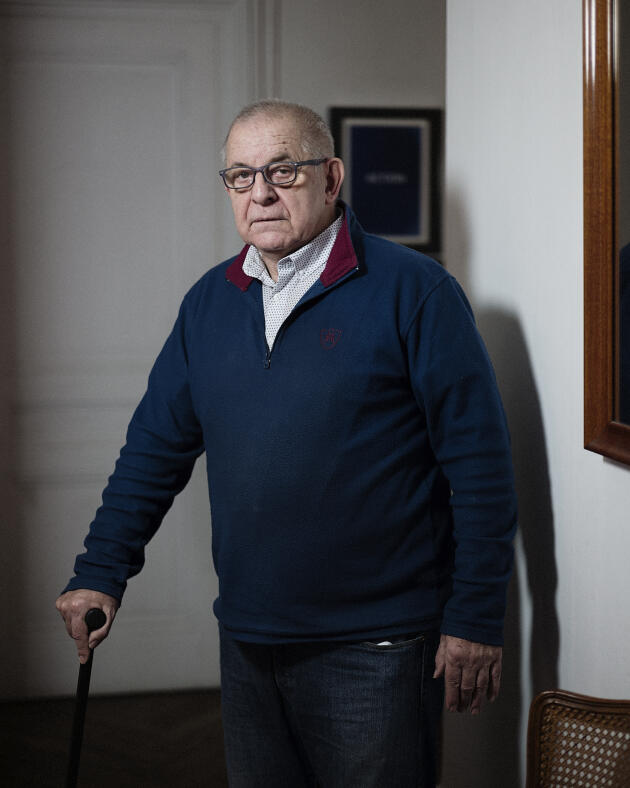


'France's Stonewall': A trial that became symbolic in the history of gay struggles
Long Read'The underground years' (4/5). Arrested in a Paris bar in 1977, homosexuals refused for the first time to show contrition and used their trial as a platform against 'repression.'
"Nobody move!" The spotlight pierced the darkness of the Manhattan's basement backroom. It crudely illuminated the activities of the customers of this bar at 8 Rue des Anglais, in the heart of "La Maube," the Maubert neighborhood in Paris's 5th arrondissement. Astonishment. Was this a new game? A real police raid? "It was staggering. We were among ourselves, in the dark, and all of a sudden I heard: 'Police!' At first I thought the cops were there for something to do with narcotics, but then it dawned on me."

Michel Chomarat, who is from the southeastern city of Lyon, was at the Manhattan on the night of May 25, 1977. His father was a Communist and his mother a Catholic: He was a pure child of the post-war era. He was 29 at the time, working for an industrial firm in Roanne, in the Loire department, and had taken advantage of a business trip – a communications trade show – to spend the weekend in the capital. "I think the police had been in the middle of our throes of passion for a while," he says now from his Lyon apartment. "In any case, they were in plain clothes, young and handsome." Chomarat is now 73 years old and it would appear that he has lived well.
At the time, Paris was following the American trend of leather bars, such as the Daytona on the Rue Notre-Dame-de-Lorette, or the Keller at Bastille, whose famous billiard table was said to have had other uses than its intended purpose.
At the Manhattan, the dress code of the moment was the disco outfit of one of the singers in the group Village People: black leather jacket, jeans and mustache, if possible. On this night in the spring of 1977, around midnight, Chomarat was standing outside the door of the club, which was open until dawn. "Who are you?" "Who are you from?" This was the ritual here: Every evening, a voice from behind the peephole questioned the customer who had just rung the bell. "OK, come in!"
Opened in 1974, the Manhattan set itself apart from other bars by offering inexpensive drinks. It has to be said that you didn't go there to sip strawberry-flavored water. In fact, Chomarat rarely lingered at the bar and quickly headed for the basement. Three "cellars bubbling like a hellish cauldron" awaited him there, according to a Parisian guide of the time, seduced by the "extraordinary racial, social and hormonal eclecticism of the clientele." Chomarat corrects the columnist's enthusiasm: "Let's be frank. I loved it, but it was gloomy and damp. It reeked of poppers and sweat."
'Collective sex abuse'
You have 80% of this article left to read. The rest is for subscribers only.
